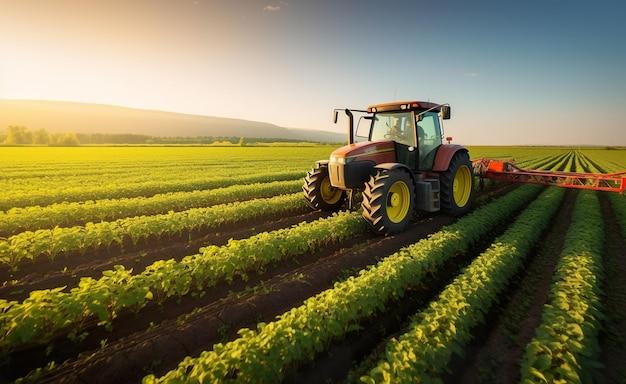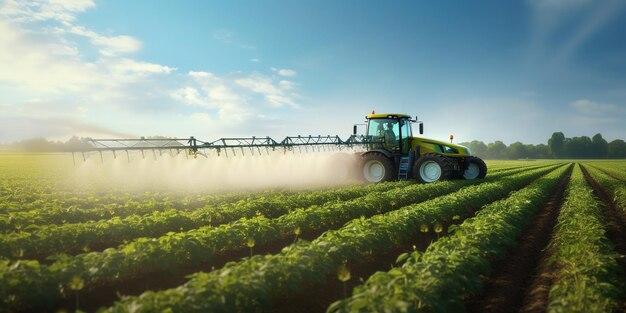Have you ever wondered how our ancestors transformed from nomadic hunter-gatherers to settled farming communities? The transition marked a pivotal moment in human history, shaping the foundation of modern civilizations. In this blog post, we will delve into the intriguing journey of human development, focusing specifically on horticultural and pastoral societies.
To comprehend the significance of horticultural and pastoral societies, we must first grasp the characteristics of hunting and gathering societies. These early human communities relied on the gathering of wild plants and the hunting of animals for sustenance. However, as time progressed, humans began to experiment with new techniques, gradually embracing agriculture and animal domestication. This transformative shift laid the groundwork for horticultural and pastoral societies, propelling human progress in ways unimaginable to our hunter-gatherer ancestors.
Join us as we uncover the fascinating insights into the lifestyles, economies, and social structures of horticultural and pastoral societies. Discover how these ancient societies cultivated crops, raised livestock, and harnessed the land’s resources to nurture flourishing communities. Let’s embark on a thrilling journey through time and unravel the mysteries of our past.

Horticultural and Pastoral Society: Unearthing the Roots of Humanity’s Green Thumb
The Journey Begins: What is Horticultural and Pastoral Society
Picture yourself in a time before smartphones, Amazon Prime, and avocado toast. We’re talking way, way back. We’re talking about the days when humans relied heavily on the land around them for sustenance and survival. This, my green-thumbed friend, is where horticultural and pastoral societies come into play.
The Horticultural Society: When Humans Tilled the Earth
In the world of horticultural society, humans discovered the mind-boggling concept of cultivating their own plants. Yes, you heard that right: our ancestors decided to take matters into their own muddy hands and grow their own food. Imagine the excitement of nurturing a tiny seed into a thriving crop! It was a total game-changer, and suddenly, humanity found itself with a little extra time on its hands.
Pastoral Society: Where Animals Rule the Roost
Now, let’s take a little detour into the wild world of pastoral society. No, we’re not talking about fluffy clouds, retro picnic blankets, and picnics with cute little farm animals (though, that does sound pretty idyllic). Instead, pastoral societies revolved around one thing and one thing only: animals. These societies relied on the herding of livestock for their livelihoods. You’d find our ancestors whistling tunes to their fuzzy companions while tending to their every need. Talk about farm-to-table, am I right?
Fun Fact Fiesta: Differences Between Horticultural and Pastoral Societies
So, how do these ancient societies differ? Well, dear reader, horticultural societies focused more on cultivating plants, whereas pastoral societies centered their lives around the tender care of animals. Horticulturalists became masters of irrigation and cleverly exploiting the land’s resources, while pastoralists had their hands full with mooing cows, baaing sheep, and other members of the animal kingdom. Can you imagine the conversations between these two groups? “Hey, guess what, Earl? I’ve got this new vegetable called a carrot!” “Oh yeah? Well, I just trained my sheep to do the cha-cha.”
Social Dynamics: Let’s Get Societal
Now, let’s delve into the thrilling world of social dynamics within these societies. Horticultural society tended to be more settled, with permanent or semi-permanent settlements, while pastoral society was all about that “let’s pack up and move to the next grazing ground” kind of lifestyle. Horticulturalists had more diversity in their diets, with an array of plants to choose from, while pastoralists relied heavily on their animal companions for sustenance.
In Conclusion: The Seeds of Civilization Were Sown
As we bid farewell to the horticultural and pastoral societies of yesteryear, we can’t help but marvel at the ingenuity and resilience of our ancestors. They learned to care for the land, to nurture plants, and to establish an unbreakable bond with animals. These early societies laid the foundation for the bustling modern world we find ourselves in today. So the next time you enjoy a hearty meal or admire a beautiful garden, take a moment to appreciate the seeds that were sown by our horticultural and pastoral predecessors. And always remember to thank Earl for his cultivated carrots and sheep that danced the cha-cha.
References
- Britannica
- National Geographic

FAQ: What is horticultural and pastoral society?
In our ever-evolving world, societies have undergone significant transformations over time. Among these changes are shifts from hunting and gathering societies to more settled agricultural societies. One such societal transition is from a hunting and gathering society to a horticultural and pastoral society. But what exactly does that entail? In this FAQ-style subsection, we’ll delve into the key aspects of horticultural and pastoral societies, exploring their characteristics, differences from hunter-gatherer societies, and the role of hunters and gatherers within them. So, let’s jump right in!
1. What is a Hunting and Gathering Society
Hunting and gathering society refers to a type of social organization where humans rely on hunting wild animals, fishing, and gathering fruits, nuts, and plants for sustenance. Historically, this was the dominant lifestyle for early human civilizations.
2. How did humans go from hunter-gatherers to farmers
The transition from a hunter-gatherer society to an agricultural one marked a pivotal point in human history. Approximately 10,000 years ago, humans discovered the art of cultivating plants and domesticating animals. This discovery, often referred to as the Agricultural Revolution, led to settled communities and the development of farming.
3. What is the difference between farmers and hunter-gatherers
While both farmers and hunter-gatherers obtain resources for survival, their methods and lifestyles differ significantly. Hunter-gatherers rely on roaming and hunting animals, as well as foraging for edible plants, whereas farmers cultivate crops and rear domesticated animals in fixed locations. Farmers generally have more stable food sources, which allows for population growth and the establishment of permanent settlements.
4. What were the features of the hunting and gathering economy
The hunting and gathering economy was characterized by nomadic lifestyles, small population groups, and a reliance on natural resources for food and materials. The communities of hunter-gatherers followed seasonal patterns, moving to areas abundant in prey and vegetation. They displayed a deep understanding of their environment and employed various tools and techniques for survival.
5. Is the collection of works determined by a society to have significant value and importance
Absolutely! The collection of works that society deems to have significant value and importance can vary widely. Societal preferences shape what is considered valuable, whether it’s art, literature, music, or even traditional practices. These works often reflect cultural identity, historical heritage, and shared experiences, enriching the tapestry of human civilization.
6. What type of society is called pastoral society
A pastoral society pertains to a social organization that revolves around the domestication and herding of animals. In this society, livestock, such as goats, sheep, or cattle, form a central part of the economy and way of life. Pastoralists rely on their animals for various needs, such as food, clothing, and even transportation. Their lifestyle often involves seasonal migrations to find suitable grazing areas for their livestock.
7. What do hunters and gatherers do
Hunters and gatherers play a vital role in both hunting and gathering societies and horticultural or pastoral societies. In the latter case, hunters and gatherers often coexist with agricultural communities, providing valuable resources such as wild game, fish, and edible plants. They maintain a deep knowledge of their environment and contribute to the overall well-being of the society.
8. What is horticultural and pastoral society
Horticultural and pastoral society refers to a social organization that combines elements of both settled agriculture (horticulture) and livestock herding (pastoralism). This type of society incorporates a mix of cultivation and animal husbandry, providing a diverse range of sustenance options. Horticultural practices involve growing crops using basic tools, while pastoralism focuses on raising livestock. The integration of these practices allows for greater self-sufficiency and resource availability within the society.
Through the transition from hunting and gathering societies to horticultural and pastoral societies, humanity has achieved remarkable feats. Cultivating crops and domesticating animals have led to settled communities, increased food production, and the development of specialized skills. As we continue to evolve and adapt, it’s fascinating to reflect on the diverse ways in which societies have shaped their environments to meet their needs, all while maintaining a deep connection to the land and resources around them.
